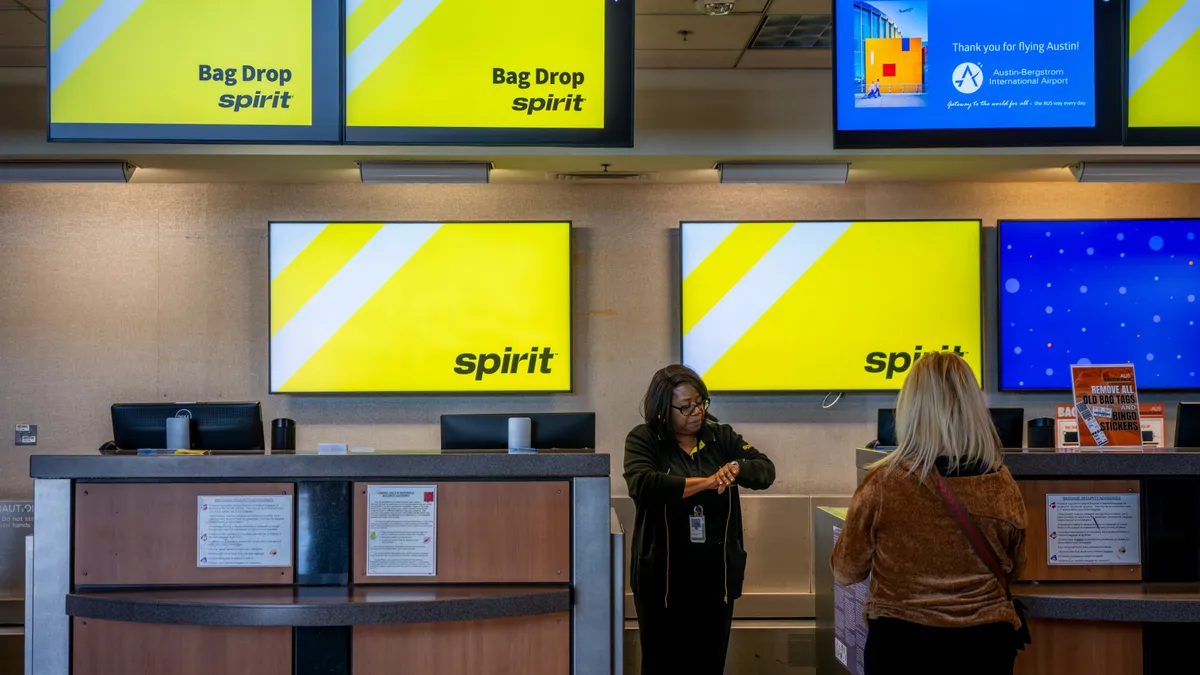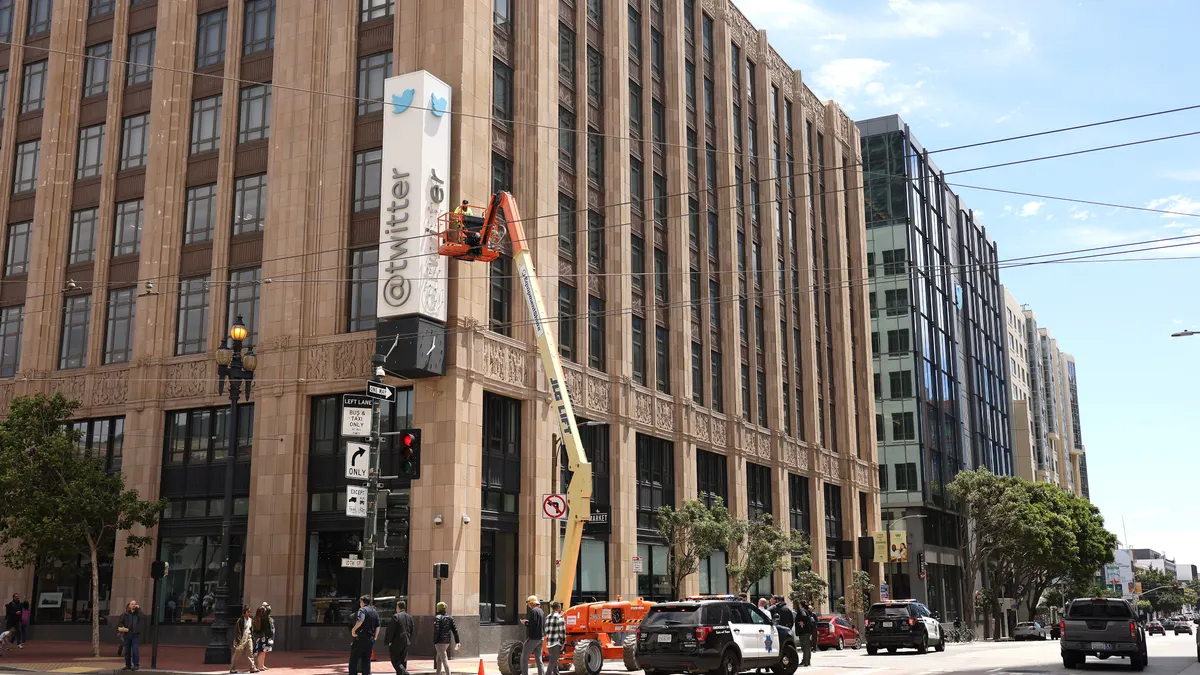In the aftermath of the #MeToo movement, employers have had to grapple with state and federal efforts to limit the use of non-disclosure agreements, particularly in the context of sexual harassment.
Now, businesses and other organizations must confront a recent ruling from the National Labor Relations Board that determined the severance agreements offered by a Michigan hospital were unlawful because of the confidentiality and non-disparagement provisions they included.
Legal experts say the board’s McLaren Macomb decision, which overruled Trump-era precedent, appears to apply to both union and non-union employees.
The ruling also explicitly extends beyond just executed severance agreements to encompass the offer of severance agreements with provisions that the NLRB said would force employees to waive rights under the National Labor Relations Act (NLRA).
“Given the broad scope of this recent decision, employers should consider its impact when drafting, offering and enforcing severance agreements,” attorneys from Fox Rothschild said in an alert posted to the firm’s website.
Narrowly tailor agreements
Lawyers at a wide array of law firms recommend employers respond to the NLRB decision by narrowly tailoring the non-disparagement and confidentiality provisions in severance agreements they offer to employees.
One possible way to do that is to “prohibit the departing employee from commenting negatively about the employer’s products and services,” said Eve Klein, chair of Duane Morris’ Employment, Labor, Benefits and Immigration Practice Group.
“Inserting such a limitation in a separation agreement will at least give employers half a loaf,” Klein said in a statement.
Morgan Lewis lawyers recommend employers make explicit in a severance agreement that it is “not intended to preclude employees from assisting coworkers or former coworkers with workplace issues concerning their employer or from communicating with others, including a union and the NLRB, about their employment.”
Andrew Herman, a Blank Rome labor and employment attorney, said the NLRB indicated that a release “waiving only the signing employee’s rights to pursue employment claims arising as of the date severance agreement would be permissible.”
“That should provide employers a degree of comfort that severance agreements can continue to be used to provide finality when separating employees,” Herman said in a statement.
Additionally, K&L Gates attorneys say, employers may want to include a “reasonable temporal limitation” on non-disparagement provisions because the NLRB criticized the one at issue in McLaren Macomb due to its application “at all times hereafter.”
Confidentiality clauses and severability
Attorneys say employers should also thoughtfully review confidentiality provisions in severance agreements to ensure their compliance with the NLRB’s ruling.
For example, in an online alert, Littler attorneys say agreements with “carefully drafted provisions prohibiting the disclosure of trade secrets, proprietary, and other confidential business information should be fine.”
Herman of Blank Rome noted that the general counsel for the NLRB has traditionally allowed confidentiality around the financial terms of a settlement agreement, which he said are often the most sensitive part of a settlement or severance agreement.
“If an employee can still agree to confidentiality regarding the amount of a severance payment and other severance benefits, that may limit the practical impact of the McLaren decision,” Herman said.
Additionally, attorneys at Littler and Morgan Lewis were among those who recommend employers include severability language in their severance agreements.
A well-drafted severability provision “might help save the rest of an employer’s agreement if other provisions are found to be unlawful or unenforceable,” the Littler attorneys said.
Other employees and agreements
Lawyers emphasize the National Labor Relations Act only applies to non-supervisory roles, so the McLaren Macomb decision does not cover severance agreements for all employees.
“While the NLRB’s decisions affect union and non-union employees alike, the Board cannot generally reach supervisors, managers, and other employees who are exempt from coverage of the NLRA,” Fox Rothschild attorneys said.
But attorneys also highlight that the NLRB’s ruling will probably have implications beyond severance agreements.
“The decision will likely apply to other waiver-and-release documents, such as settlement agreements resolving lawsuits or administrative charges, or separation agreements resolving pre-litigation disputes,” Thompson Hine attorneys wrote in an alert.
“Employers, with the assistance of counsel, would be well-advised to revise and update their waiver-and-release templates for documents to be tendered to NLRA-protected personnel,” the Thompson Hine lawyers wrote.
More changes?
NLRB Chairman Lauren McFerran said in a statement that the board’s McLaren Macomb decision was restoring “longstanding precedent.”
“It’s long been understood by the Board and the courts that employers cannot ask individual employees to choose between receiving benefits and exercising their rights under the National Labor Relations Act,” she said.
Fox Rothschild attorneys said the NLRB decision “is still subject to an appeal and may be vacated some time in the future by an appeals court.”
Meanwhile, K&L Gates attorneys advise employers that the current board may seek to upend other Trump-era law or other NLRB precedent “to more strongly favor employees” under the National Labor Relations Act.


















